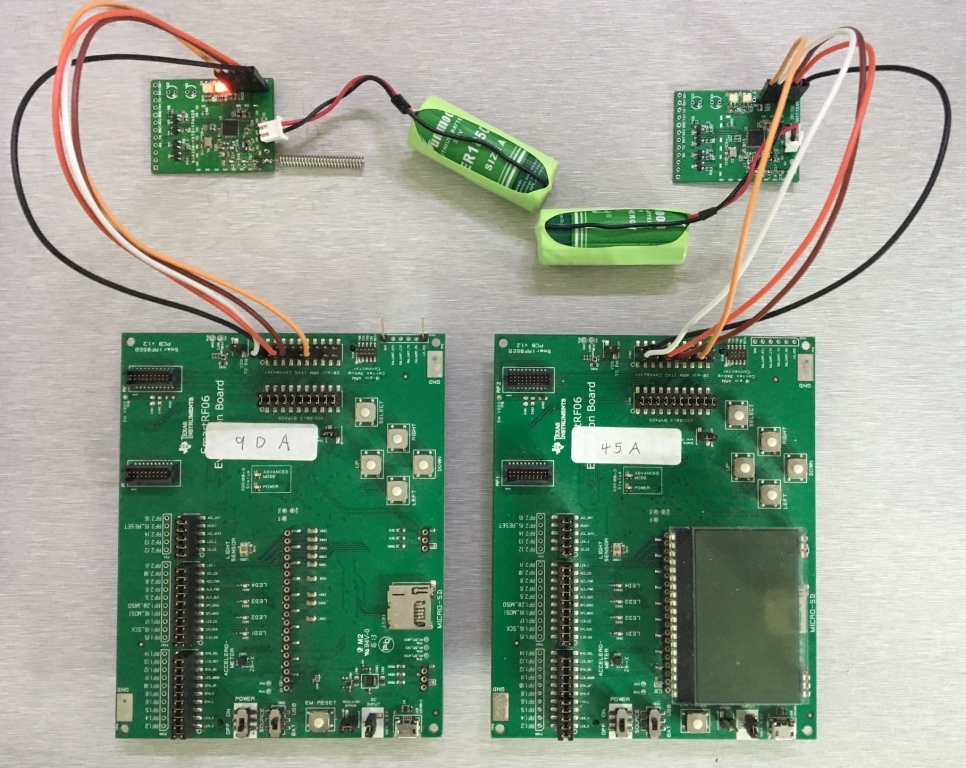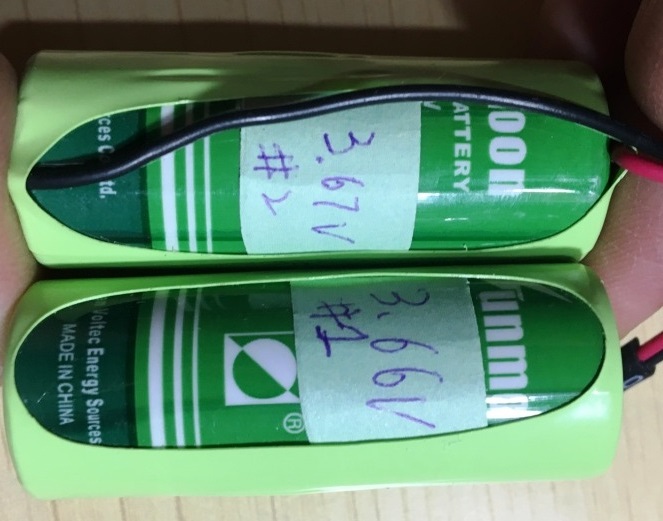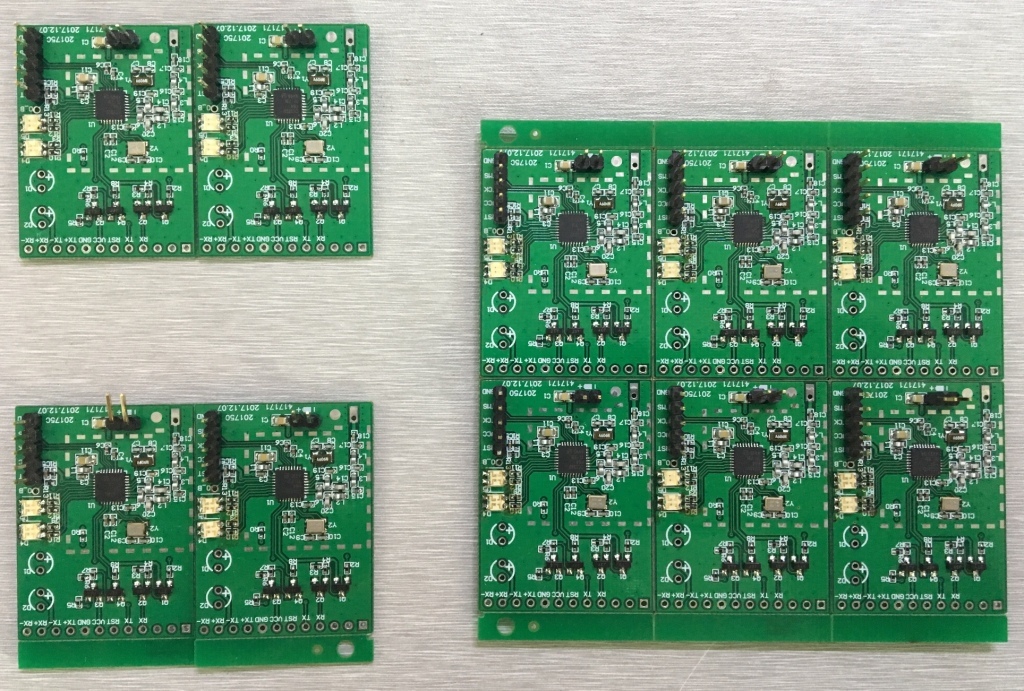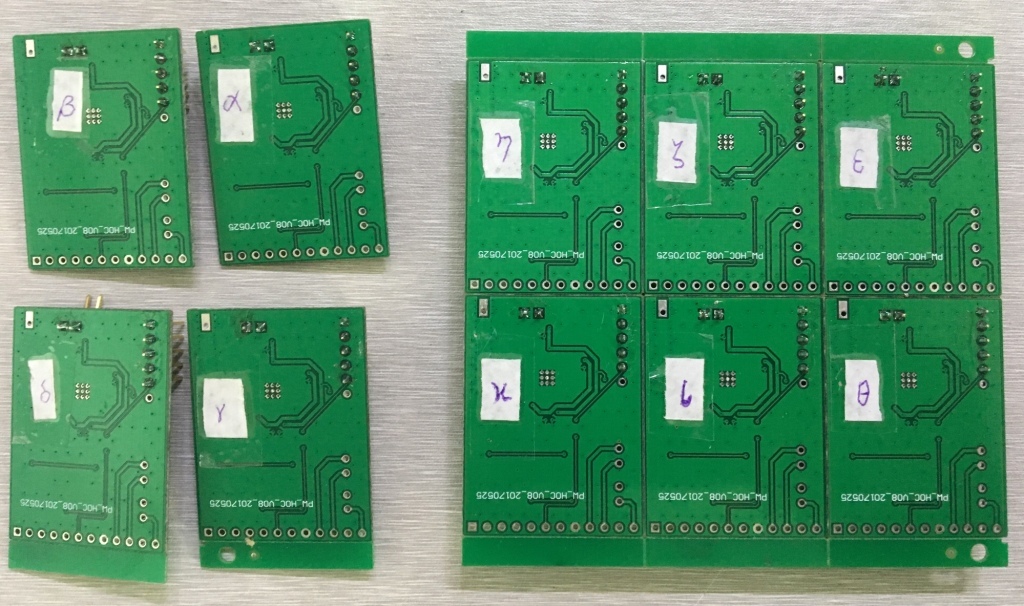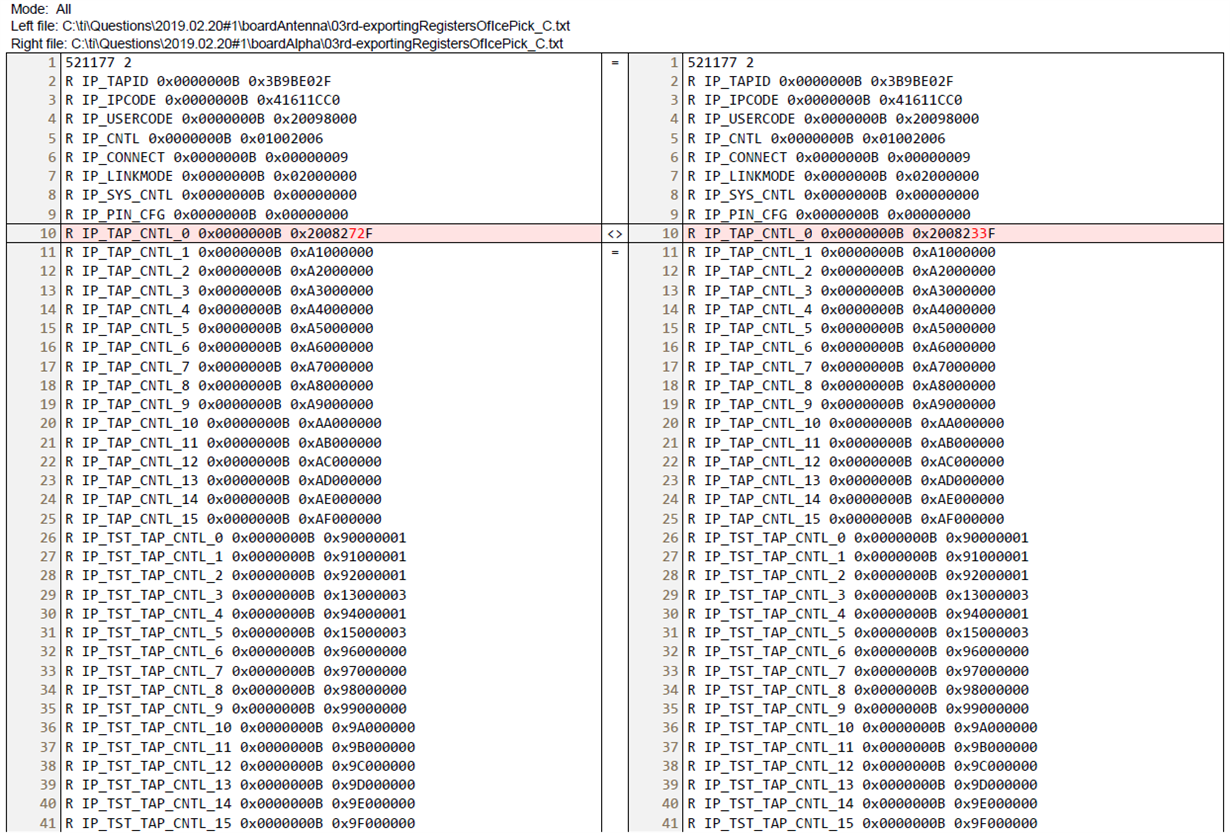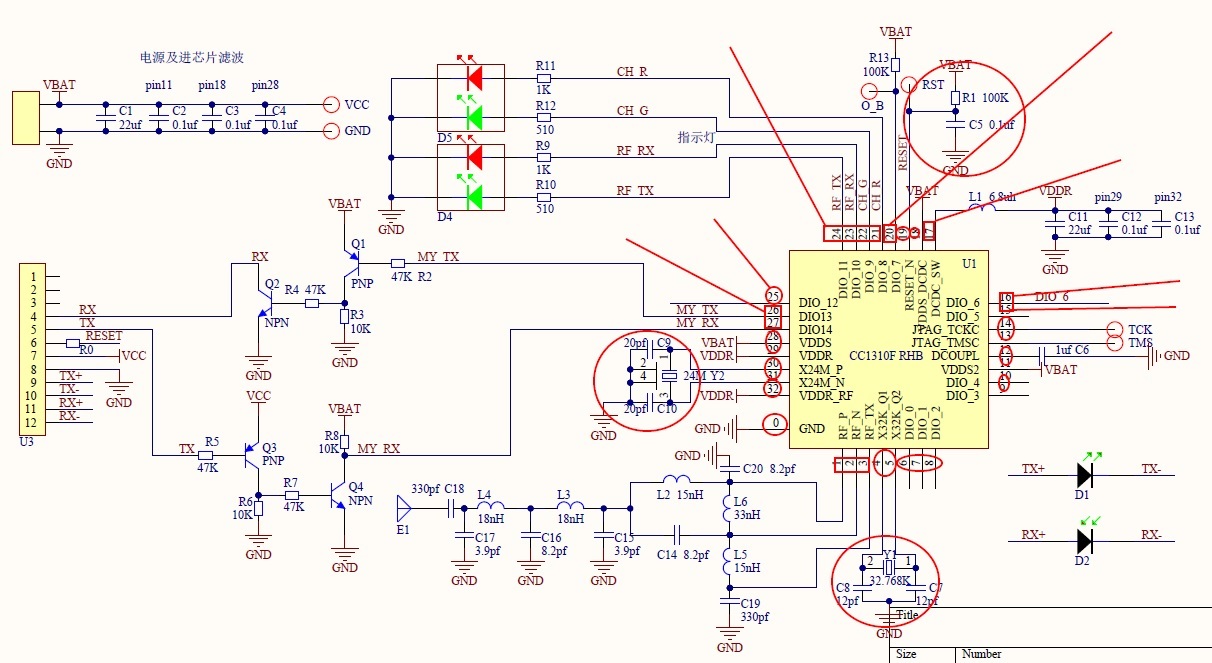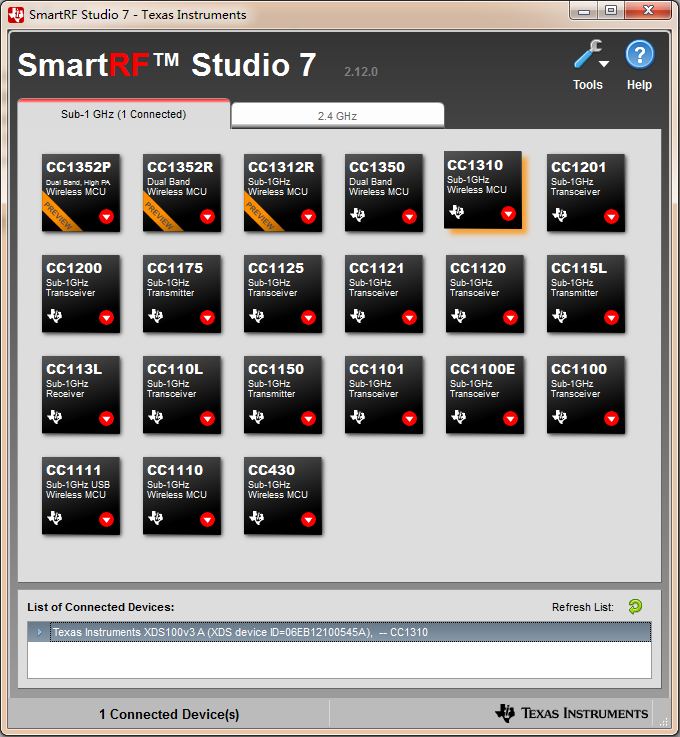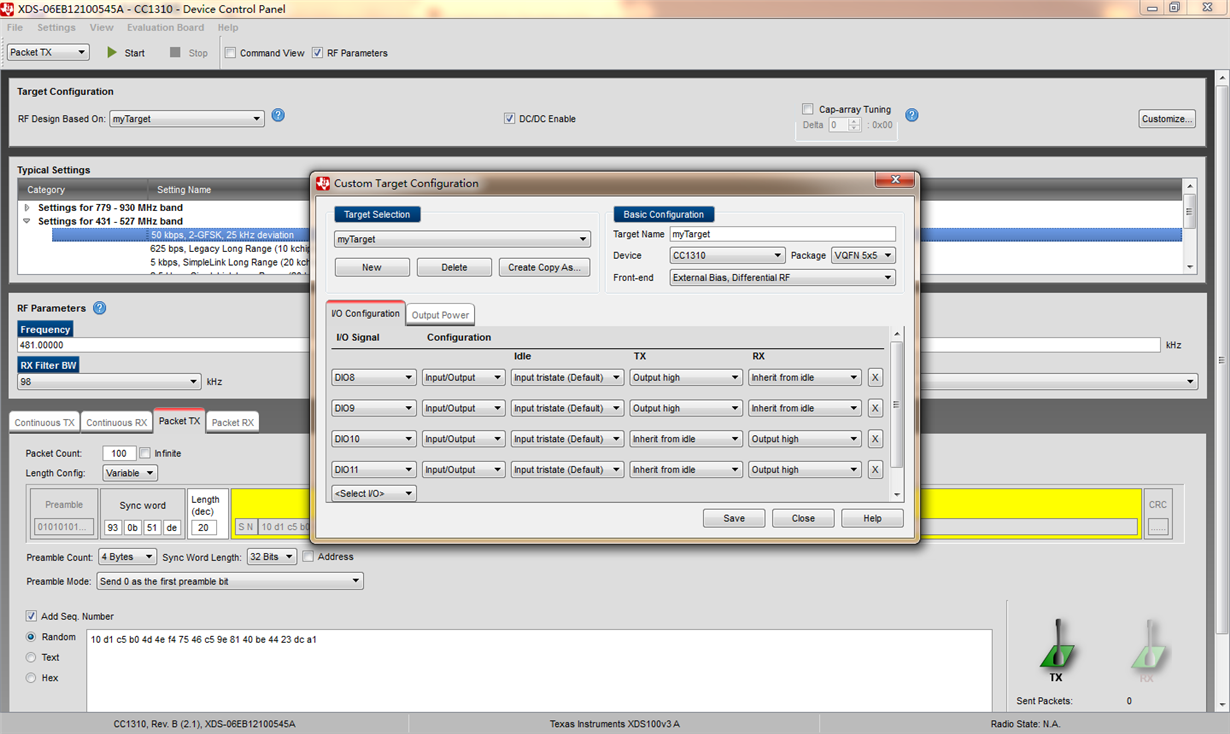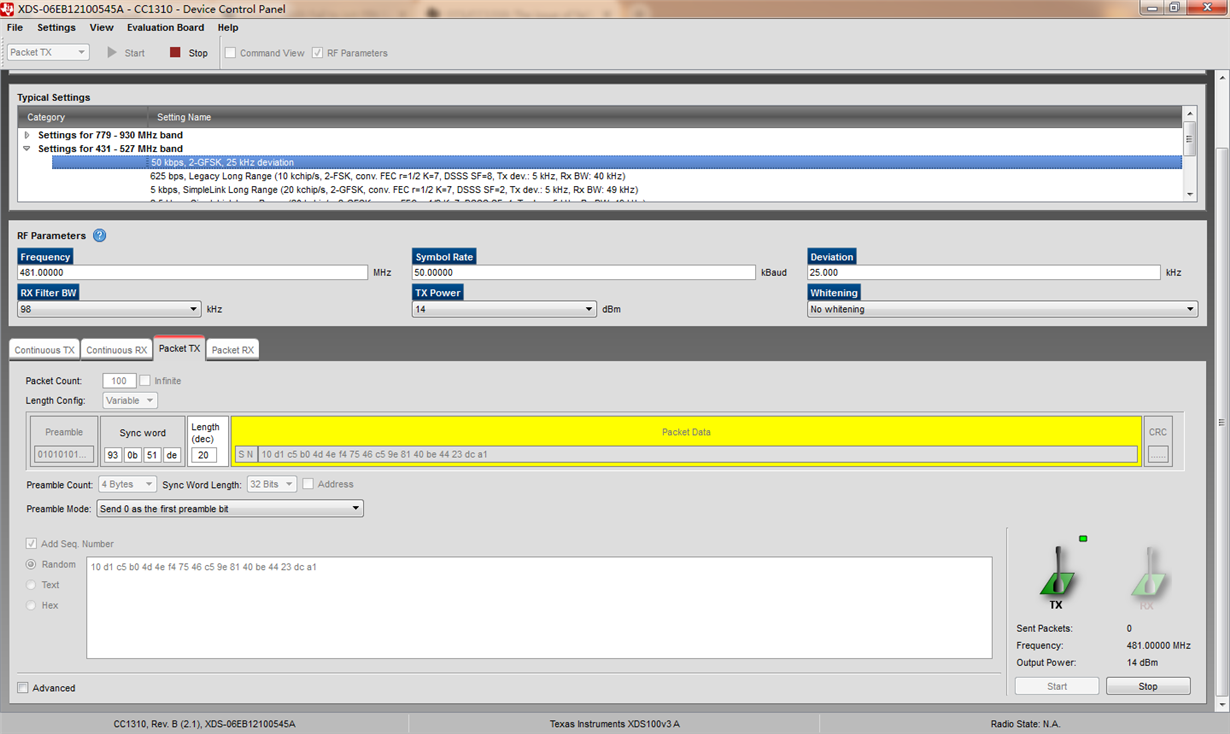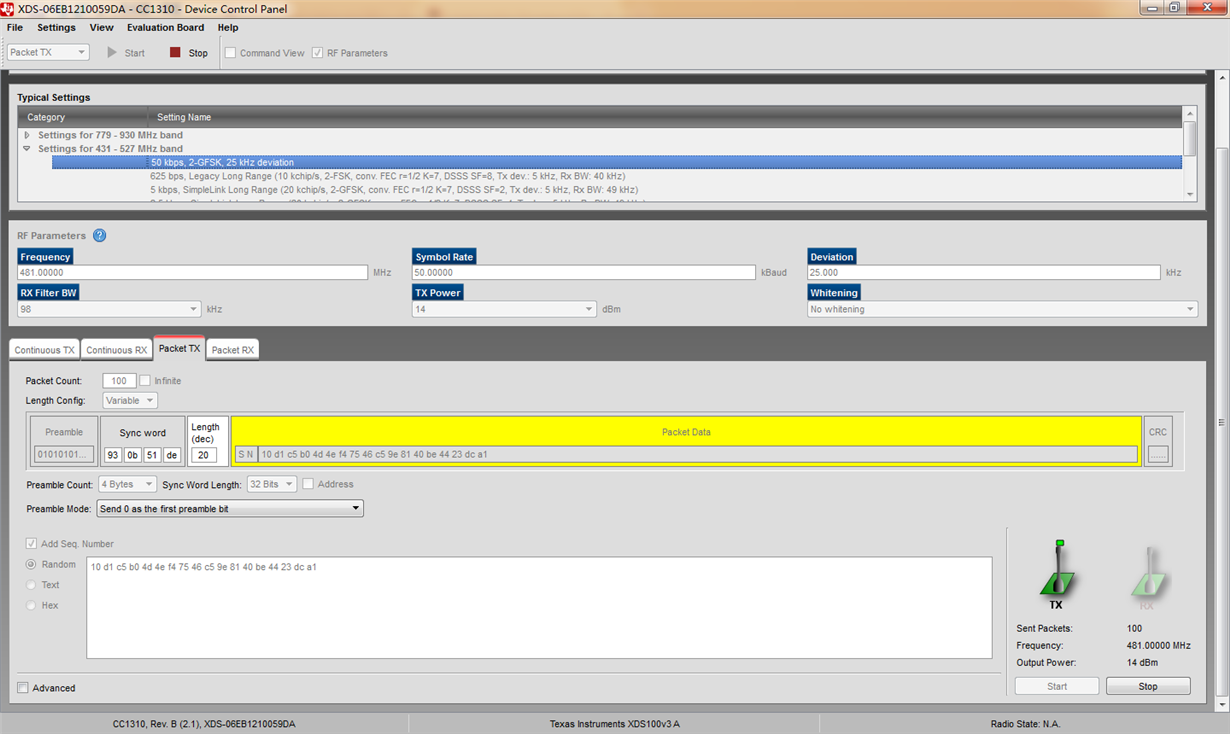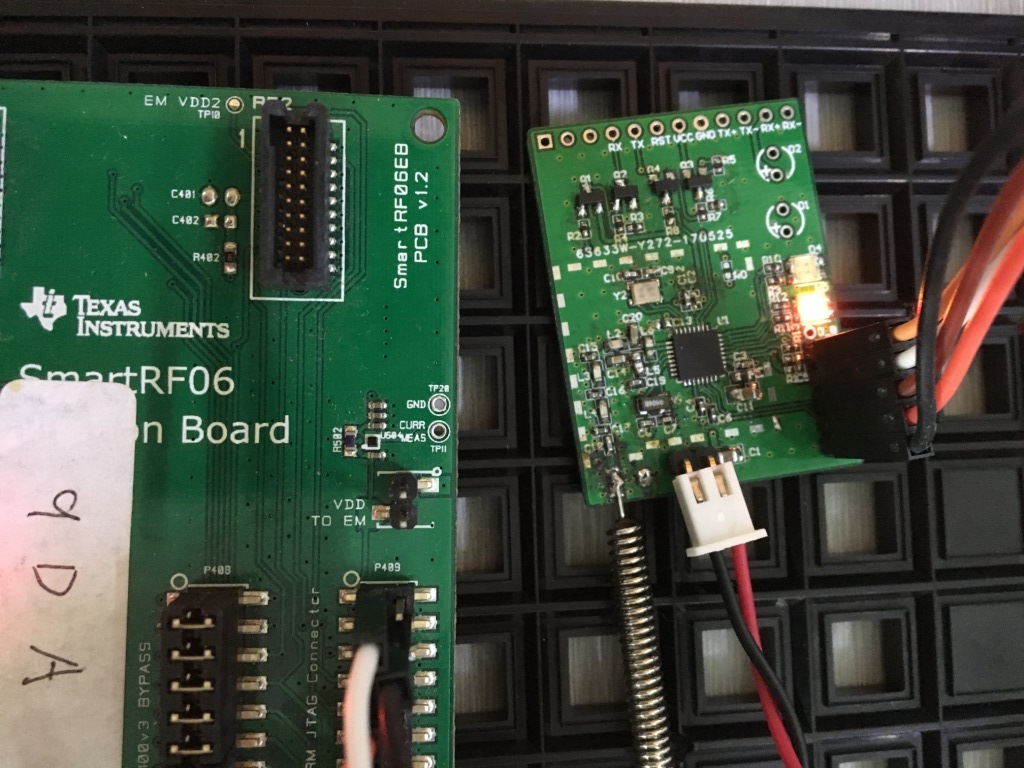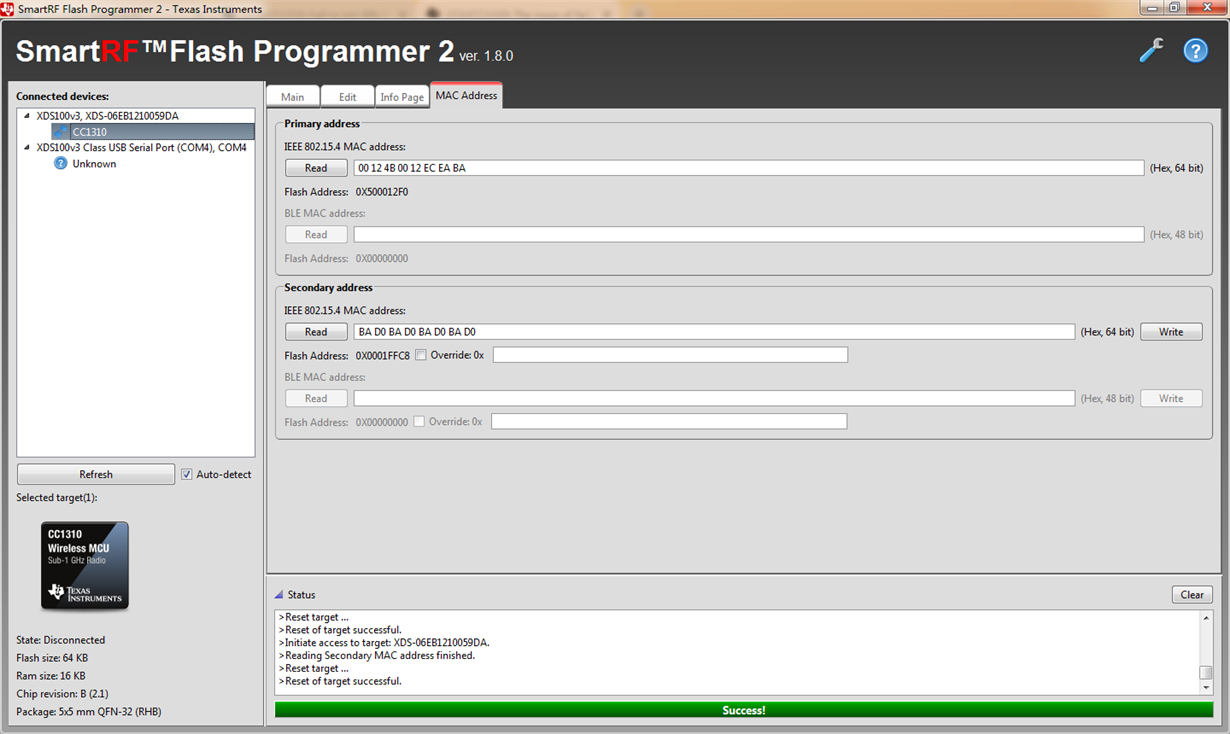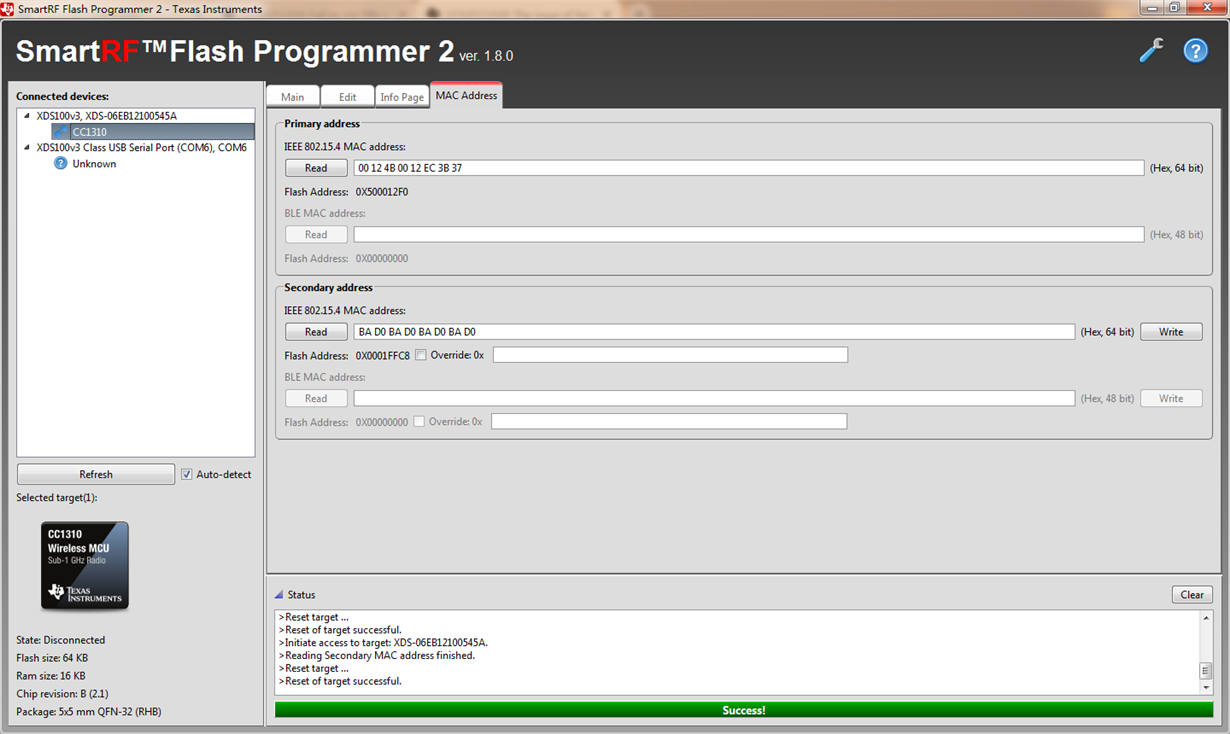Tool/software: Code Composer Studio
Hello everyone,
I'm meeting an difficulty of debugging an used project in a new target board which is based on the identical schematic chart and PCB layout as an old target board. In order to describle the situation clearly, an introduction of my debugging environment and a procedure of debugging the new and old target boards are presented below.
Introduction:
I use two SmartRF06EVMs debugging external an external, self-powered target.
There are ten new targets and an old target with an antenna, which are customed boards with CC1310F64(IC revisions is B(2.1)).
Procedure:
I made a compare test with a new target (I altered the new target from the others, did it nine times, got same results) and the old target. The procedure includes six steps as below.
1)I debug my project in the old target by CCS. My program runs well, such as lighting some LEDs.
2)When I debug my project in the chosen new target, a message is indicated as "Cortex_M3_0: Can't Run Target CPU: (Error -2134 @ 0x0) Unable to control device execution state. Reset the device, and retry the operation. If error persists, confirm configuration, power-cycle the board, and/or try more reliable JTAG settings (e.g. lower TCLK). (Emulation package 8.0.903.2) Cortex_M3_0: JTAG Communication Error: (Error -1170 @ 0x0) Unable to access the DAP. Reset the device, and retry the operation. If error persists, confirm configuration, power-cycle the board, and/or try more reliable JTAG settings (e.g. lower TCLK). (Emulation package 8.0.903.2)". In this moment, I still can connect CS_DAP_0, IcePick_C and Cortex_M3_0 to target. The respective registers could be exported to a file.
3)From the view of CCS, there is a difference. To the old target, the symbol and address of entry functions are shown correctly. To the chosen new target, only an address of 0x10003A12 with an information "no symbols are defined" are shown. I tried to run 4 or 5 steps, then the same message (mentioned in the 3rd step) of "Cortex_M3_0: Can't Run Target CPU: (Error -2134 @ 0x0) Unable to control device execution state. Reset the device, and retry the operation. If error persists, confirm configuration, power-cycle the board, and/or try more reliable JTAG settings (e.g. lower TCLK). (Emulation package 8.0.903.2) Cortex_M3_0: JTAG Communication Error: (Error -1170 @ 0x0) Unable to access the DAP. Reset the device, and retry the operation. If error persists, confirm configuration, power-cycle the board, and/or try more reliable JTAG settings (e.g. lower TCLK). (Emulation package 8.0.903.2)" is indicated again.
4)I export register of CS_DAP_0 of both targets to a file. Then I compare the files respective. They are identical.
5)I export register of Cortex_M3_0 of both targets to a file. Then I compare the files respective. The differences of reading from registers are shown as below. Is this the cause or consequence of my issue of failing to debug the new targets ?
6)I export register of IcePick_C of both targets to a file. Then I compare the files respective. The differences of reading from registers are shown as below. Does this contribute the issue ?
Please give me some suggestions to solve the issue. Thank you very much.
Best regards
Datïan
2019.02.20


